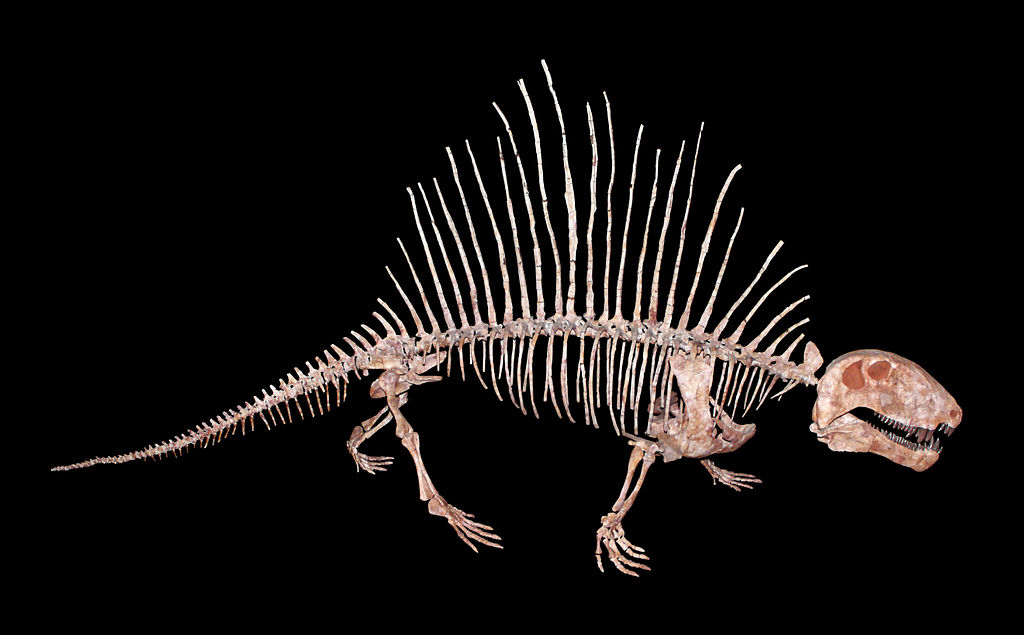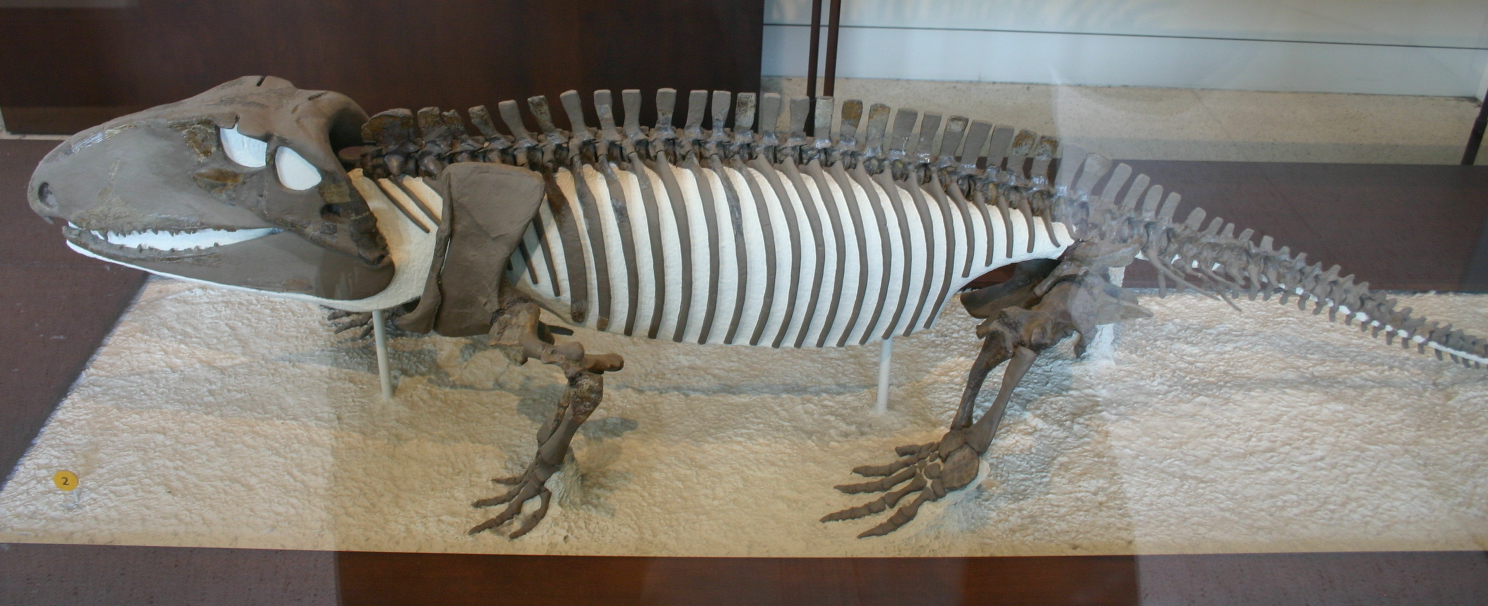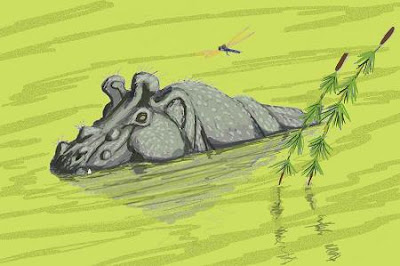Predictions of the Cosmic Background Radiation Temperature
Measurements of CMB in BLUE
Predictions made by Big Bang proponents in RED
1896 – Charles Édouard Guillaume estimates the "radiation of the stars" to be 5–6K.[107]
(before it was commonly believed that the Universe contains more than the Milky Way Galaxy)
----
1926 – Sir Arthur Eddington estimates the non-thermal radiation of starlight in the galaxy "... by the formula E = σT4 the effective temperature corresponding to this density is 3.18° absolute ... black body"[108]
1930s – Cosmologist Erich Regener calculates that the non-thermal spectrum of cosmic rays in the galaxy has an effective temperature of 2.8 K
---
1931 – Term microwave first used in print: "When trials with wavelengths as low as 18 cm. were made known, there was undisguised surprise+that the problem of the micro-wave had been solved so soon." Telegraph & Telephone Journal XVII. 179/1
---
1934 – Richard Tolman shows that black-body radiation in an expanding universe cools but remains thermal
1938 – Nobel Prize winner (1920) Walther Nernst reestimates the cosmic ray temperature as 0.75K
----
1941 – Andrew McKellar detected the cosmic microwave background as the coldest component of the interstellar medium by using the excitation of CN doublet lines measured by W. S. Adams in a B star, finding an "effective temperature of space" (the average bolometric temperature) of 2.3 K[33][113]
Adams and McKellar measure CMB temperature decades before Penzias and Wilson. Penzias and Wilson later thank Adams and McKellar in their Nobel prize acceptance speech.
----
After Adams and McKellar's discovery:
1946 – George Gamow calculates a temperature of 50 K (assuming a 3-billion year old universe),[110] commenting it "... is in reasonable agreement with the actual temperature of interstellar space", but does not mention background radiation.
1948 – Ralph Alpher and Robert Herman estimate "the temperature in the universe" at 5 K. Although they do not specifically mention microwave background radiation, it may be inferred.[114]
1946 – Robert Dicke predicts "... radiation from cosmic matter" at <20 K, but did not refer to background radiation [109]
1946 – George Gamow calculates a temperature of 50 K (assuming a 3-billion year old universe),[110] commenting it "... is in reasonable agreement with the actual temperature of interstellar space", but does not mention background radiation.[111]
1949 – Ralph Alpher and Robert Herman re-re-estimate the temperature at 28 K.
1953 – Erwin Finlay-Freundlich in support of his tired light theory, derives a blackbody temperature for intergalactic space of 2.3K [112] with comment from Max Born suggesting radio astronomy as the arbitrator between expanding and infinite cosmologies.
1953 – George Gamow estimates 7 K.[109]
1956 – George Gamow estimates 6 K.[109]
1955 – Émile Le Roux of the Nançay Radio Observatory, in a sky survey at λ = 33 cm, reported a near-isotropic background radiation of 3 kelvins, plus or minus 2.[109]
1957 – Tigran Shmaonov reports that "the absolute effective temperature of the radioemission background ... is 4±3 K".[115] It is noted that the "measurements showed that radiation intensity was independent of either time or direction of observation ... it is now clear that Shmaonov did observe the cosmic microwave background at a wavelength of 3.2 cm"[116][117]
1960s – Robert Dicke re-estimates a microwave background radiation temperature of 40 K[109][118]
1964 – A. G. Doroshkevich and Igor Dmitrievich Novikov publish a brief paper suggesting microwave searches for the black-body radiation predicted by Gamow, Alpher, and Herman, where they name the CMB radiation phenomenon as detectable.[119]
1964–65 – Arno Penzias and Robert Woodrow Wilson measure the temperature to be approximately 3 K. Robert Dicke, James Peebles, P. G. Roll, and D. T. Wilkinson interpret this radiation as a signature of the big bang.
1965 - After Penizias and Wilson's measurements, Dicke claims he had previously predicted "10 K", but no documentation of this supposed 10 K prediction is currently known.


























































